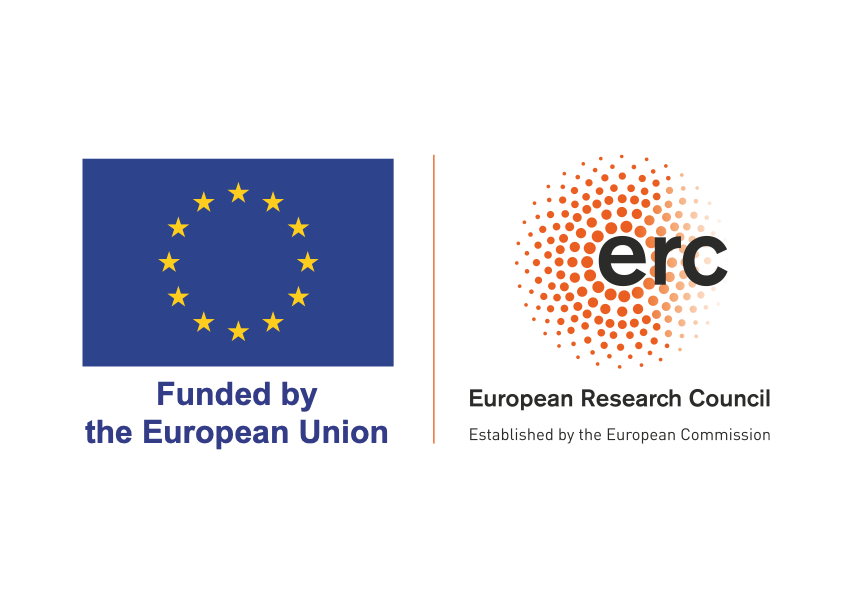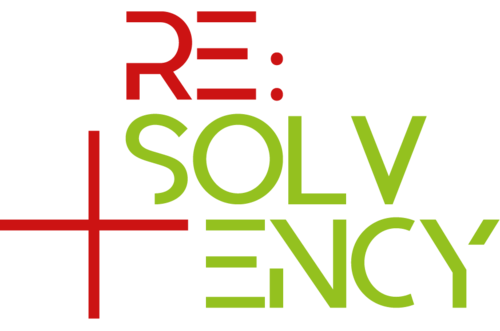Sovereign Debt
For heavily indebted sovereigns there exists no international statutory mechanism offering debt relief or restructuring. In absence of a legal forum governing all aspects of bankruptcy, restructuring decisions are made ad hoc, mostly differing between types of debts and creditors. Decisions on haircuts, covenant adjustments and interim funding are widely scattered across different jurisdictions, international institutions (e.g. International Monetary Fund (IMF) and World Bank), ‘clubs’ (e.g. the so-called London and Paris clubs), or are subject to confidential bilateral negotiations.
There is a vast array of proposals for procedural designs of international sovereign debt bankruptcy procedures, most prominently the IMF’s Sovereign Debt Restructuring Mechanism (SDRM), which have caused excitement among scholars and international institutions. Yet, none of these ideas were put into action. Only the European Stability Mechanism (ESM) could be seen to have established an international statutory regulation for sovereign debt. But the ESM is far away from offering a real collective procedure of reflexive debt deliberation.
Yet, restructuring sovereign debt is nowadays facilitated by the widespread use of collective action clauses (CAC). These CAC are of course far from a procedural framework capable of gathering all creditors — one that would include not only bondholders but also lenders, to the state and to systemically relevant state owned enterprises. Nevertheless, CAC frameworks are possible points of entry for sustainability transformations. The idea of state-contingent debt instruments (SCDI) for example allows to adapt debt conditions to certain events. The projects aims to throw light on the potential of these tools for a more sustainable restructuring of sovereign debts in the form of bonds and similar financial instruments.
The project aims to use the comparisons of corporate and consumer debt deliberation designs to rethink design possibilities of sovereign debt restructuring. Concerning sovereign debt the integration of sustainability seems particularly important. Not only could sovereign debt restructuring effect large amounts of citizens (e.g. with the liquidation of public infrastructure). It is on the other hand also an effective tool to nudge sustainable investment behavoiur of state debtors and their creditors alike.
Possible international regimes might include the odious debts doctrine. If investment decisions transparently reach an extreme level of unsustainability (f.ex. buying weapons to wipe out a population group for political sustainability or clearing large parts of tropical forest of a country as firewood for ecological sustainability) also the creditor could be held responsible.
A newly evolving but increasingly used tool of sustainable sovereign debt restructuring are debt-nature-swaps (DNS). Here, a country commits to preserve a certain natural area (e.g. its coral riffs or tropical forest) for debt relief. As promising as the tool might look it also holds a real danger of effectful green-washing. The project collects and compares different DNS activities worldwide. Based on the comparative findings on procedural restructuring design in corporate and consumer insolvency laws, the project aims to sketch a possible international structure for DNS negotiation, conclusion and controlled implementation.

Funded by the European Union (ERC, RESOLVENCY, 950427). Views and opinions expressed are however those of the author(s) only and do not necessarily reflect those of the European Union or the European Research Council Executive Agency. Neither the European Union nor the granting authority can be held responsible for them.
